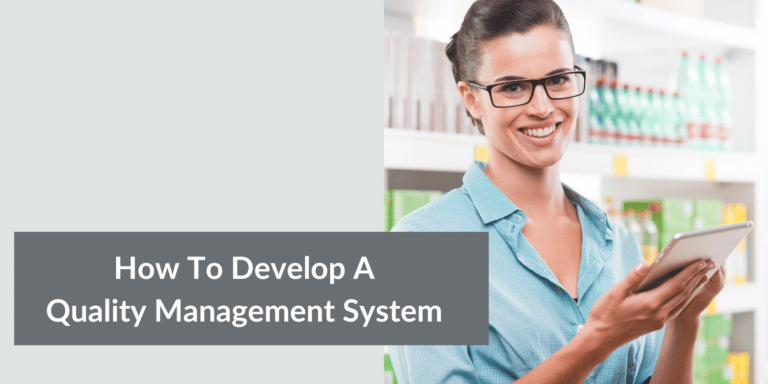What is Total Quality Management (TQM)?
Estimated reading time: 4 minutes
The way organizations are managed not only determines the quality of their products and services – but, ultimately, their success.
Businesses use a Total Quality Management approach to how they manage in an effort to improve how work gets done.
All organizations benefit from Total Quality Management (TQM).
Total Quality Management (TQM) is defined as a management model that focuses on customers and the development of products and services that meet the needs and exceed the expectations of customers.
This is done by creating an integrated system that is process-centered, has total employee involvement, and is completely customer-focused.
Creating a culture that is customer-focused and collecting and studying data that supports efforts for the customer are critical components of the system.
This is done through a data-supported, fact-based approach of continuous improvement with a strong communication model for the entire organization.
These improvements are generally done using quality improvement methodologies from the great quality gurus of our time – Deming, Crosby, Juran, and Feigenbaum, to name a few.
What is Total Quality Management (TQM)
TQM looks at the organization as a system and incorporates improvement efforts to enhance the organizational structure so customers (both internal and external) needs are met and streamlined for cost-effective and service-oriented approaches.
8 Characteristics of TQM
1. Customer Focused
Quality begins and ends with the customer. TQM uses guiding councils to help guide the process toward improved products and customer experience.
The customer dictates what the focus will be as well as the approach to achieving those results.
But most importantly, the customer determines if the efforts were successful.
For instance, organizations solicit feedback from customers about products and services. Use what is learned from that feedback to improve the product or service.
2. Involved Employees
Organizations that manage with TQM understand the importance of employee involvement.
These front-line team members often hold the answers to solving problems and improving how work gets done.
Who more than the person on the line to recognize when something is not working?

For instance, in the service industry, employees are the ones who interact with customers and hear real-time feedback.
Use employees to help identify areas to improve for the customer.
3. Process Oriented
Everything has a process. Whether the process of hiring employees or the process of making a cake – there are steps that lead the way.
TQM organizations study steps in a process, fine-tune those steps, and work to eliminate unnecessary steps that can save time and money.
For instance, use quality tools to create a visual for internal processes. Look at the steps in the process and work to reduce or eliminate unnecessary steps.
4. Mutually Dependent Systems
Most organizations have several departments or areas of expertise, but all have systems that support the final product delivery.
Organizations that manage with TQM integrate these internal systems to create a seamless process.
This is done by creating a culture that understands and values how quality is determined and how it is achieved.
For instance, create training for all employees that teaches quality concepts and reinforces why they are there – the vision and mission of the organization.
5. Strategic Approach
Businesses that operate under a TQM model use strategy to help achieve mission and vision.
They develop a strategic plan and use that as the cornerstone for its quality efforts and all decision-making.
Invest the time to create a mission and vision statement and use that to guide the development of a strategic plan.
6. Continuous Improvement
Continuous improvement is how organizations get better at what they do by working to improve processes that create products and services.
These constant efforts help to ensure the organization remains competitive and meets the expectations of key stakeholders.
Make it part of daily practice, through project management, to pay attention to how work gets done and continuously look for ways to improve even the most insignificant tasks.
7. Data-Driven Decisions
Data drives decisions in TQM organizations. Data is collected, analyzed, and used to improve internal operations.
All decisions are based on the continuous collection of business data.
Business Data is determined by the identification of key success measures. It is those measures that drive decisions.
Spend some time identifying the critical success factors for your organization and creating a process to collect and report data on those factors.
8. Effective Communications
Communicating is a priority in organizations that strive to improve.
Employees and customers are provided with ongoing communication and interaction with the organization.
There are strategies that drive communication, and employees are provided information about internal changes as they become available.
Create a communication strategy and constantly look for ways to communicate with all key stakeholders.
TQM Benefits
Organizations that use the TQM management model enjoy the benefits of:
- cost savings
- higher employee productivity
- more profitability
- improved processes
- positive work environment.
TQM organizations manage by focusing on what the customer wants, continuously improving work processes, making decisions based on what data is telling them, and are committed to learning from the experience of their employees.
This approach can’t help but set your organization apart from the competition.
Which of these quality characteristics does your organization operate by?






